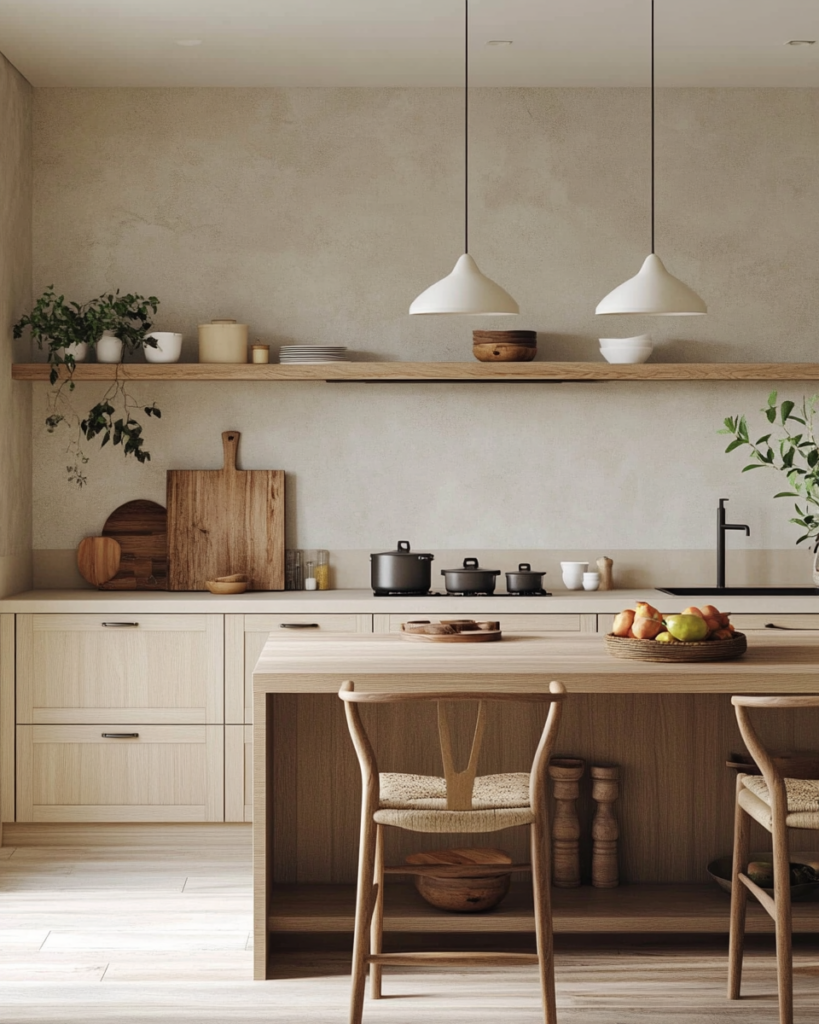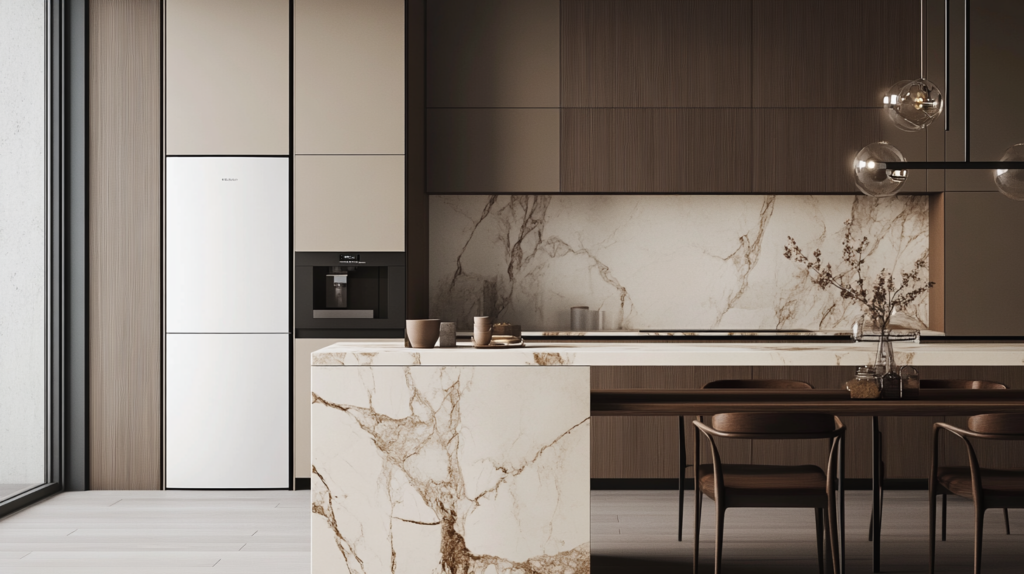How to Create a Functional and Stylish Kitchen with an Island

A kitchen island is not just a practical addition to your kitchen; it can also serve as a design focal point. Whether you’re renovating your current space or designing a new kitchen, incorporating an island can elevate both the functionality and aesthetics of the room. Here are some tips to help you create a kitchen with an island that suits your needs and style.
1. Determine the Island’s Purpose
Before jumping into design ideas, think about how you plan to use the island. Is it primarily for food preparation, as a casual dining space, or for extra storage? Knowing the purpose of your island will guide your decisions on size, layout, and features.
- Food prep area: Ensure that the island is spacious enough to accommodate a cutting board, sink, or cooktop.
- Casual dining: If you want to use it as an eating area, consider adding seating on one or both sides of the island.
- Storage: Include cabinets or drawers for extra kitchen storage to keep your countertop clutter-free.



2. Choose the Right Size
The size of the island should complement the size of your kitchen. It’s essential to maintain enough space around the island for easy movement. Ideally, you should have at least 42 to 48 inches of clearance on all sides to ensure there is enough room for walking, cooking, and entertaining.
- Small kitchens: Opt for a smaller island or a movable one on wheels, which can be adjusted as needed.
- Large kitchens: Larger islands with additional features like a built-in sink, cooktop, or storage can make a bold statement and increase functionality.
3. Design the Island to Match Your Style
The design of your kitchen island should harmonize with the overall aesthetic of the space. Whether your kitchen style is modern, rustic, traditional, or industrial, you can customize the island to fit the vibe.
- Modern style: Go for sleek, minimalist designs with clean lines and materials like quartz, granite, or stainless steel.
- Rustic style: A wood island with a distressed finish adds charm and warmth to a country-inspired kitchen.
- Traditional style: A more ornate, classic island design with decorative legs or paneling will suit a traditional kitchen.



4. Consider Lighting
Lighting plays a crucial role in any kitchen, and the island is no exception. Proper lighting can highlight the island as a central feature while ensuring the workspace is well-lit.
- Pendant lights: Hang stylish pendant lights above the island to create a focal point. Choose lighting that complements your kitchen style and provides adequate illumination.
- Under-cabinet lighting: For added functionality, install under-cabinet lighting beneath the island to brighten the area for meal preparation and cleaning.
5. Flow and Layout
Your kitchen layout should be designed to promote a smooth workflow. The kitchen triangle (sink, stove, and refrigerator) is an important consideration. Ensure that the island doesn’t block the flow between these areas.
- Work triangle: Keep the island in a position that doesn’t obstruct the flow of the kitchen. The work triangle should be efficient, making it easy to move between the cooking, prep, and cleanup areas.
- Open space: If possible, leave the island in a space where it doesn’t crowd the kitchen. This ensures that it becomes a functional part of the space without making it feel cramped.



6. Opt for High-Quality Materials
An island can serve as a statement piece in your kitchen, so it’s important to choose durable and high-quality materials. The materials you select will not only affect the aesthetics but also how easy the surface is to maintain and clean.
- Countertop: Materials like granite, quartz, marble, and butcher block are popular choices. Each has its benefits, so choose one that fits your budget, maintenance needs, and design preferences.
- Cabinetry: Select cabinetry that matches the style of your kitchen. For example, shaker-style cabinets give a clean, classic look, while flat-front cabinetry offers a more modern aesthetic.
7. Don’t Forget About Ventilation
If you plan to install a cooktop on your island, proper ventilation is essential. An island cooktop can create challenges when it comes to ventilation, but there are options to consider:
- Range hood: A range hood can be installed above the island to help ventilate smoke, steam, and cooking odors. Choose a stylish range hood that complements the design of your island.
- Downdraft system: This is a more subtle solution, where the ventilation system is integrated into the island and rises up when in use.


8. Consider Traffic Flow and Seating
If your kitchen is used for family gatherings or social events, the traffic flow around the island becomes even more important. Avoid placing the island in a way that creates congestion or blocks the kitchen’s natural flow. For seating, consider bar stools with backs for added comfort, or low-profile stools to maintain an open and airy feel.

Final Thoughts
Creating a kitchen with an island can drastically improve the functionality and look of your cooking space. By considering the island’s purpose, size, design, and features, you can tailor it to your specific needs while ensuring it complements the overall style of your kitchen. Whether it’s for meal prep, storage, or a casual hangout spot, an island can become the heart of your kitchen.

